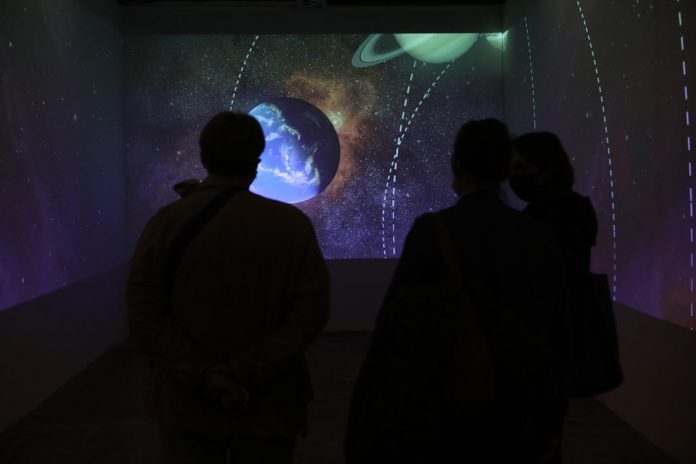
by InTrieste
This Sunday, the Immaginario Scientifico museum in Trieste will offer visitors a chance to revisit one of the most iconic environmental issues of the late 20th century: the depletion of the ozone layer.
Nearly fifty years after scientists first sounded the alarm about the thinning of the ozone layer, the museum is hosting two educational sessions—at 11 a.m. and 4 p.m.—to explore where things stand today. The presentations will delve into the science behind ozone depletion, once attributed largely to chlorofluorocarbons (CFCs), man-made compounds commonly used in refrigeration, aerosols, and solvents.
Often referred to in public discourse as “the ozone hole,” the phenomenon became a rallying point for global environmental action, ultimately leading to the 1987 Montreal Protocol, an international treaty designed to phase out ozone-depleting substances. Since then, the atmospheric layer has shown signs of gradual recovery, prompting some to ask: is the ozone hole really gone?
The sessions at Immaginario aim to answer that question, offering visitors an overview of the scientific developments and environmental policies that helped address the crisis, as well as insights into how the story of the ozone hole has been communicated to the public over the decades.
The initiative is suitable for visitors aged six and older and is included in the regular admission ticket. No advance reservation is required.




























